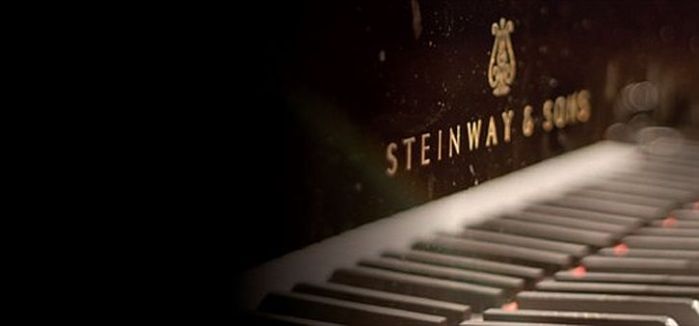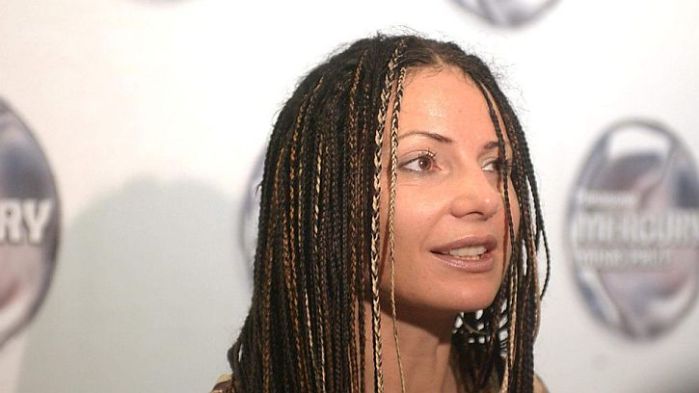Last night we went to the Capstone to see Joanna MacGregor perform three Mozart Piano Concertos – the start of an epic project to perform all 27 concertos at the Capstone over the next three years or so.
MacGregor began with three concertos that represent the mid-point and end of the cycle. Concerto no. 12 in A major, K414, composed in 1782, was one of three concertos that Mozart produced soon after his arrival in Vienna that year. This group of concertos was described by Mozart to his father in a famous letter:
These concertos [Nos. 11, 12, and 13] are a happy medium between what is too easy and too difficult; they are very brilliant, pleasing to the ear, and natural, without being vapid. There are passages here and there from which the connoisseurs alone can derive satisfaction; but these passages are written in such a way that the less learned cannot fail to be pleased, though without knowing why. . . . The golden mean of truth in all things is no longer either known or appreciated. In order to win applause one must write stuff which is so inane that a coachman could sing it, or so unintelligible that it pleases precisely because no sensible man can understand it.
The Concerto no. 19 in F major, K459, was a central work from the series he produced in Vienna between 1784 and 1786 and has an exhilarating finale. After the interval, Joanna MacGregor returned to perform the Concerto no. 27 in B flat major, K595, Mozart’s last concerto, finished at the start of the year in which he died, 1791.
Accompanying Joanna MacGregor on the Capstone Steinway were players from the Liverpool Hope University Chamber Orchestra – strings, as well as oboes, horns, flute and bassoons. As Michael Talbot remarks in his clear and informative programme notes, ‘One remarkable and original feature common to most of Mozart’s piano concertos is the important musical role given to the wind instruments’.
As always, Joanna MacGregor was an enthusiastic communicator, pointing out the reasons why pianists love to perform these concertos, but also the challenges they present – ‘there is nowhere for the pianist to hide’. She also explained something with which I was not familiar (classical music being one of the paths through music’s thickets that I don’t often tread): that the cadenzas in pieces like these are the written-down record of improvisations by pianists when performing. She said that pianists fall with enthusiasm on the Mozart concertos for which the cadenzas are records of Mozart’s own improvisations. I’m familiar, of course, with jazz improvisation, but I wasn’t aware that in the 18th and through the 19th century, classical scores left spaces for performer improvisation.
Joanna MacGregor will soon be embarking on another epic – to play all 32 of Beethoven’s Piano Sonatas. The first concert in that series take place at the Capstone in December.

